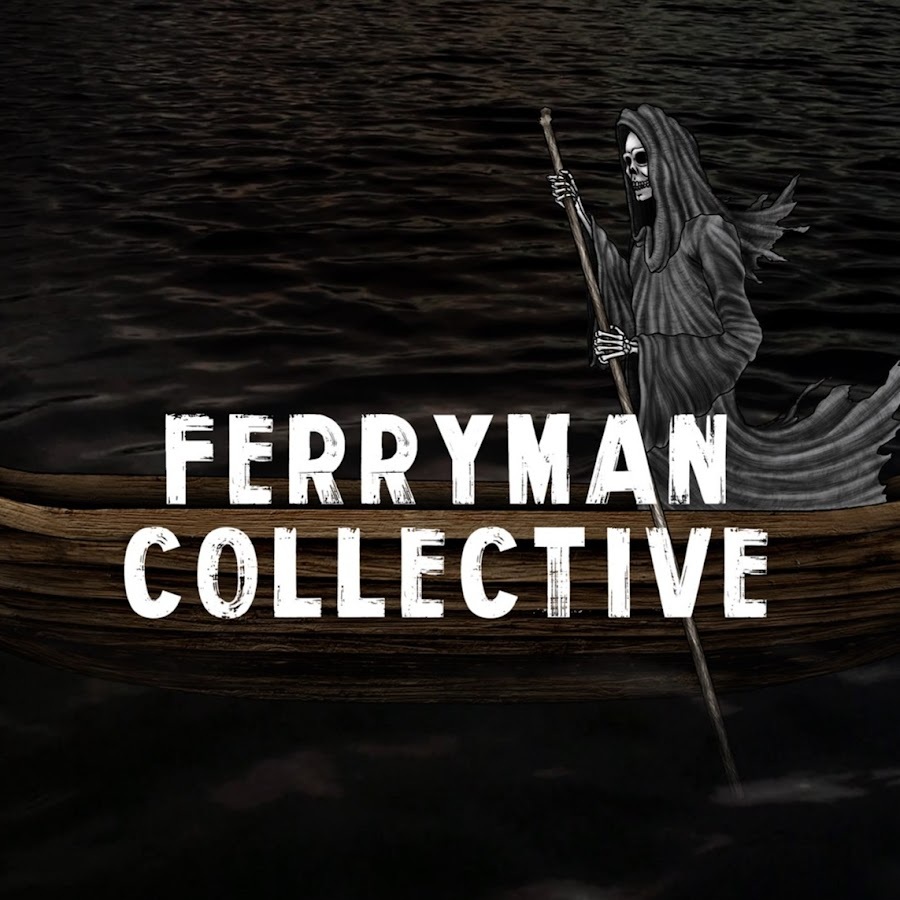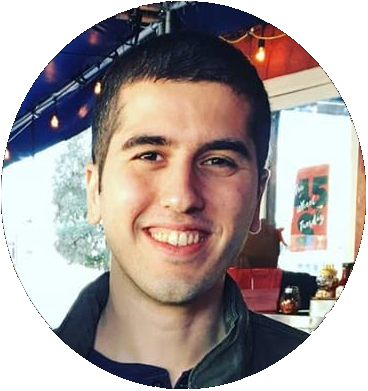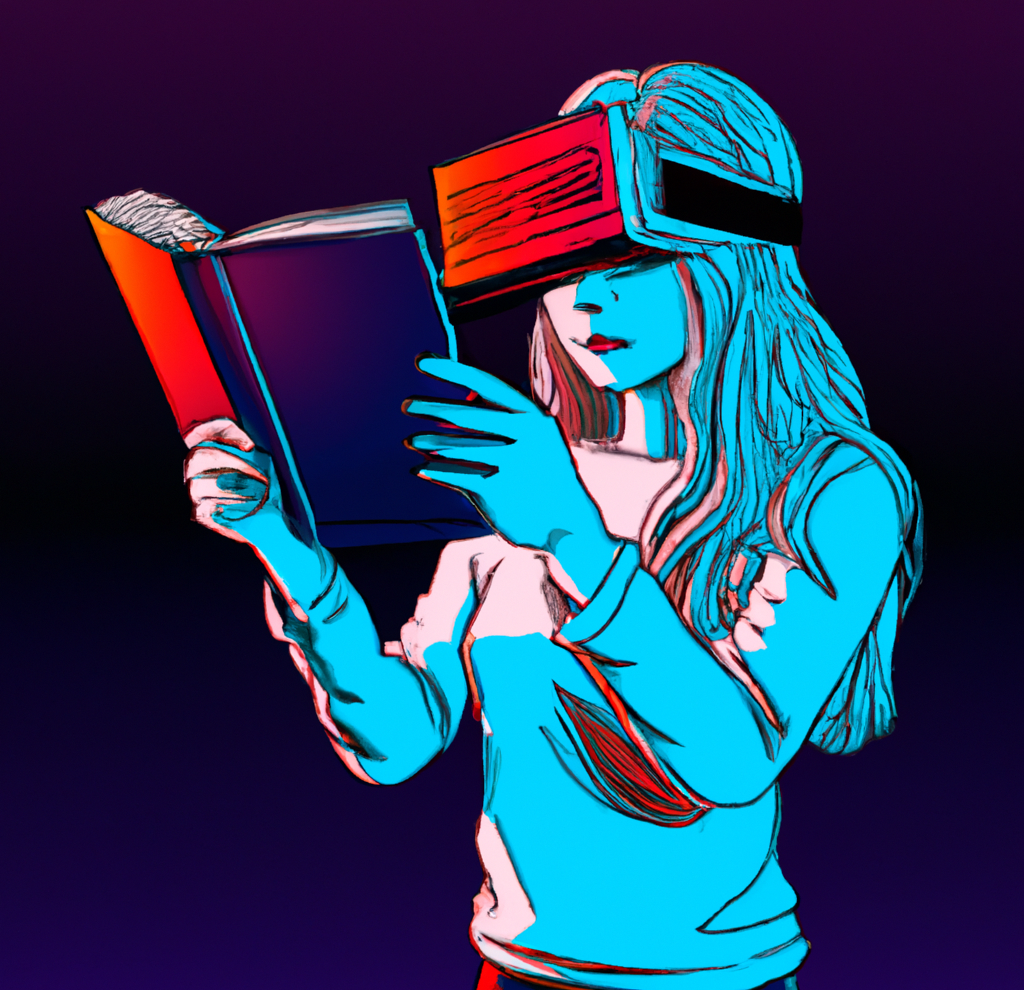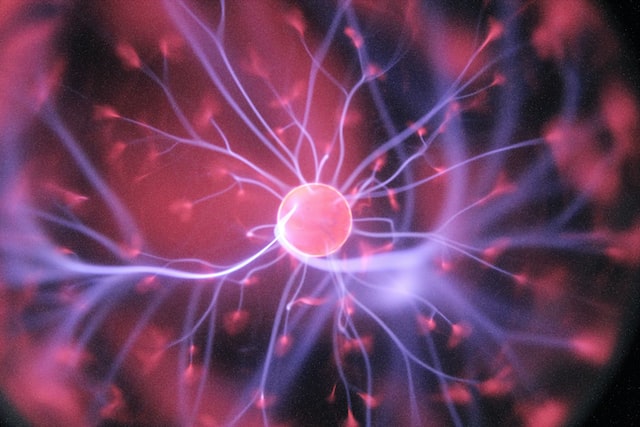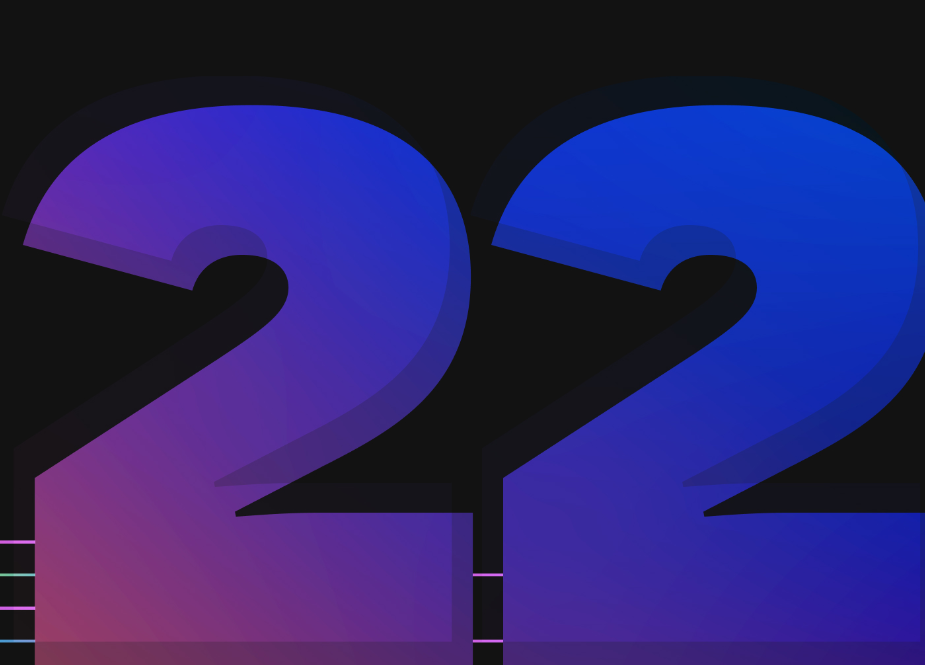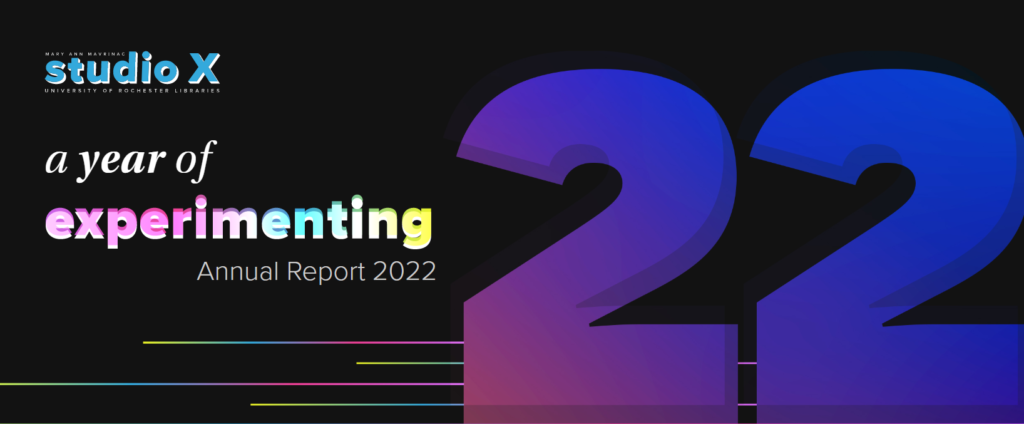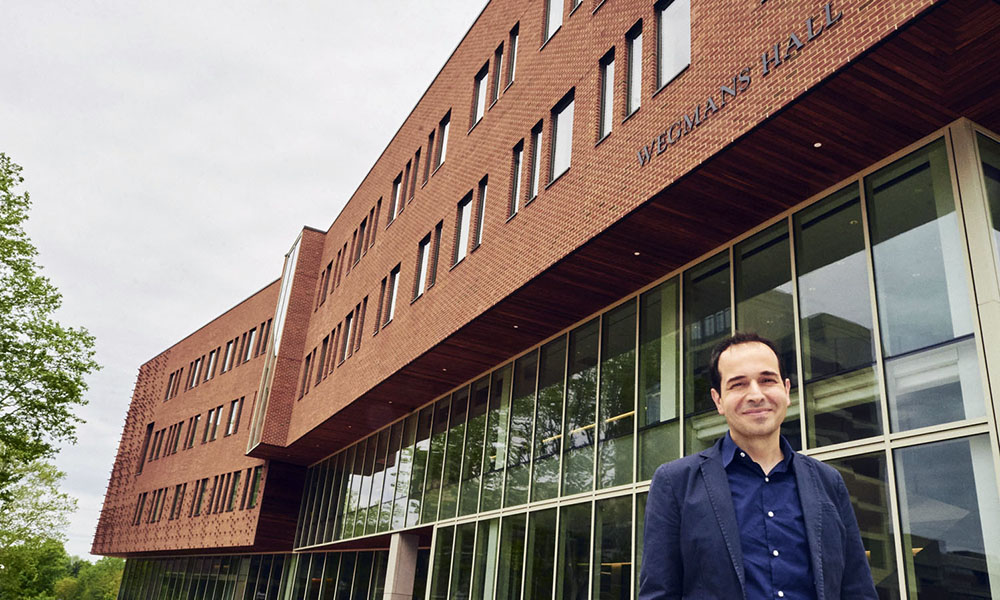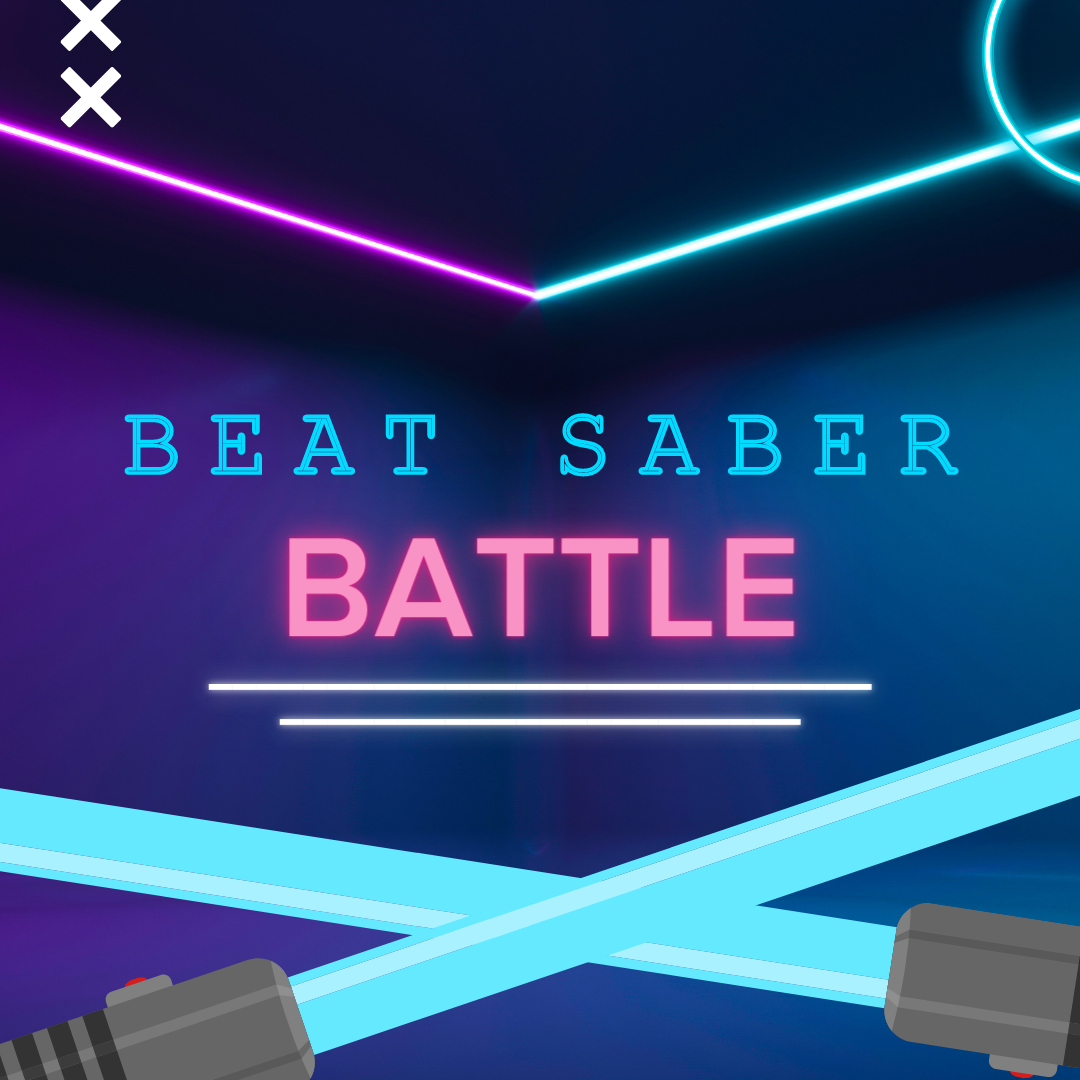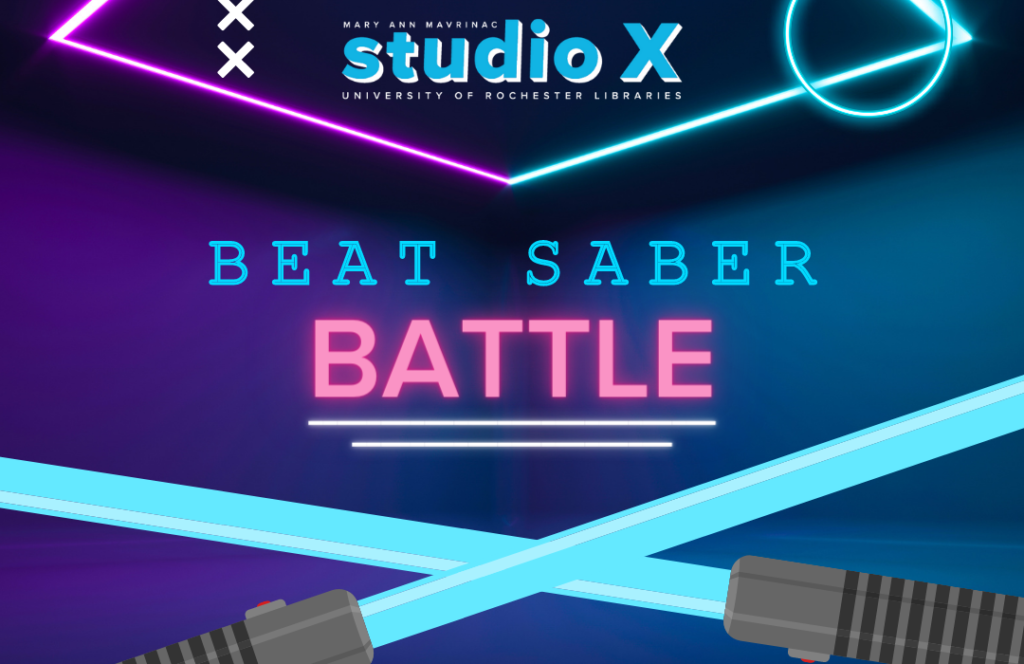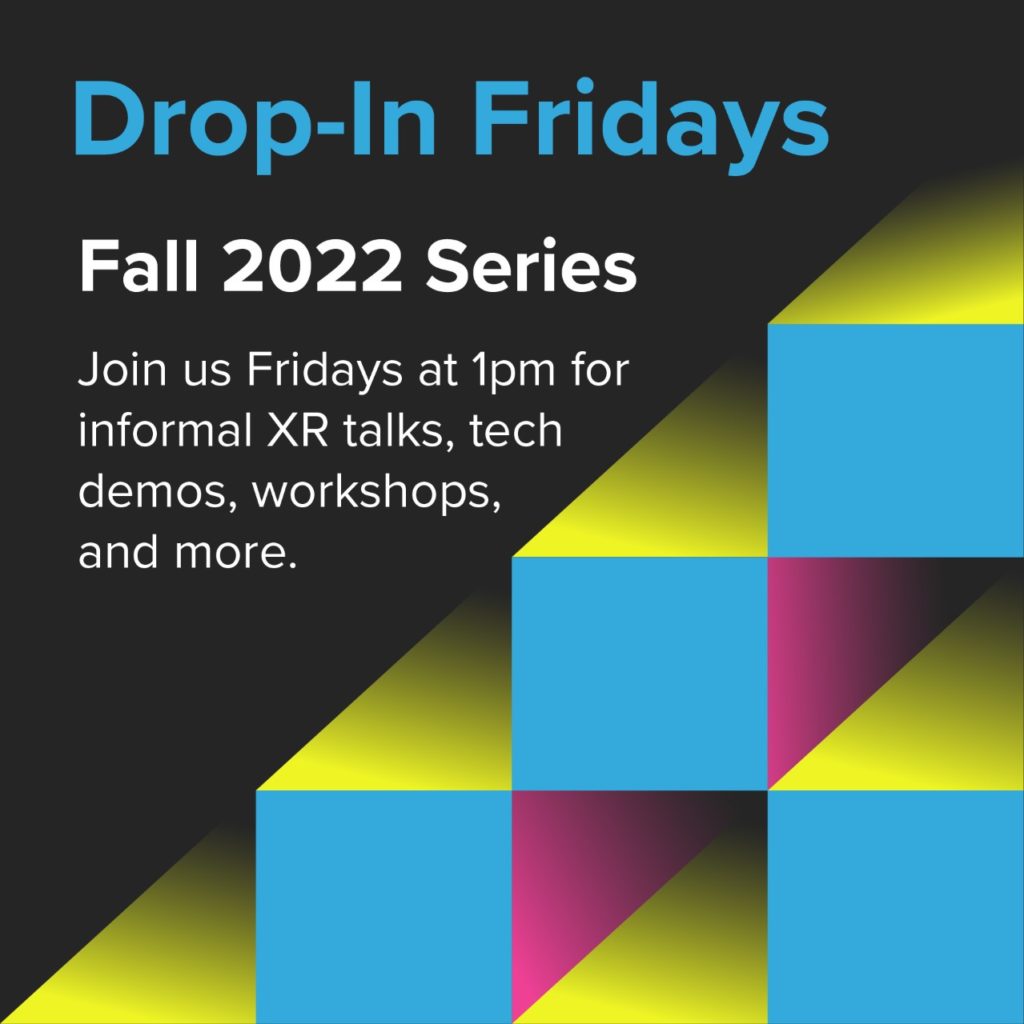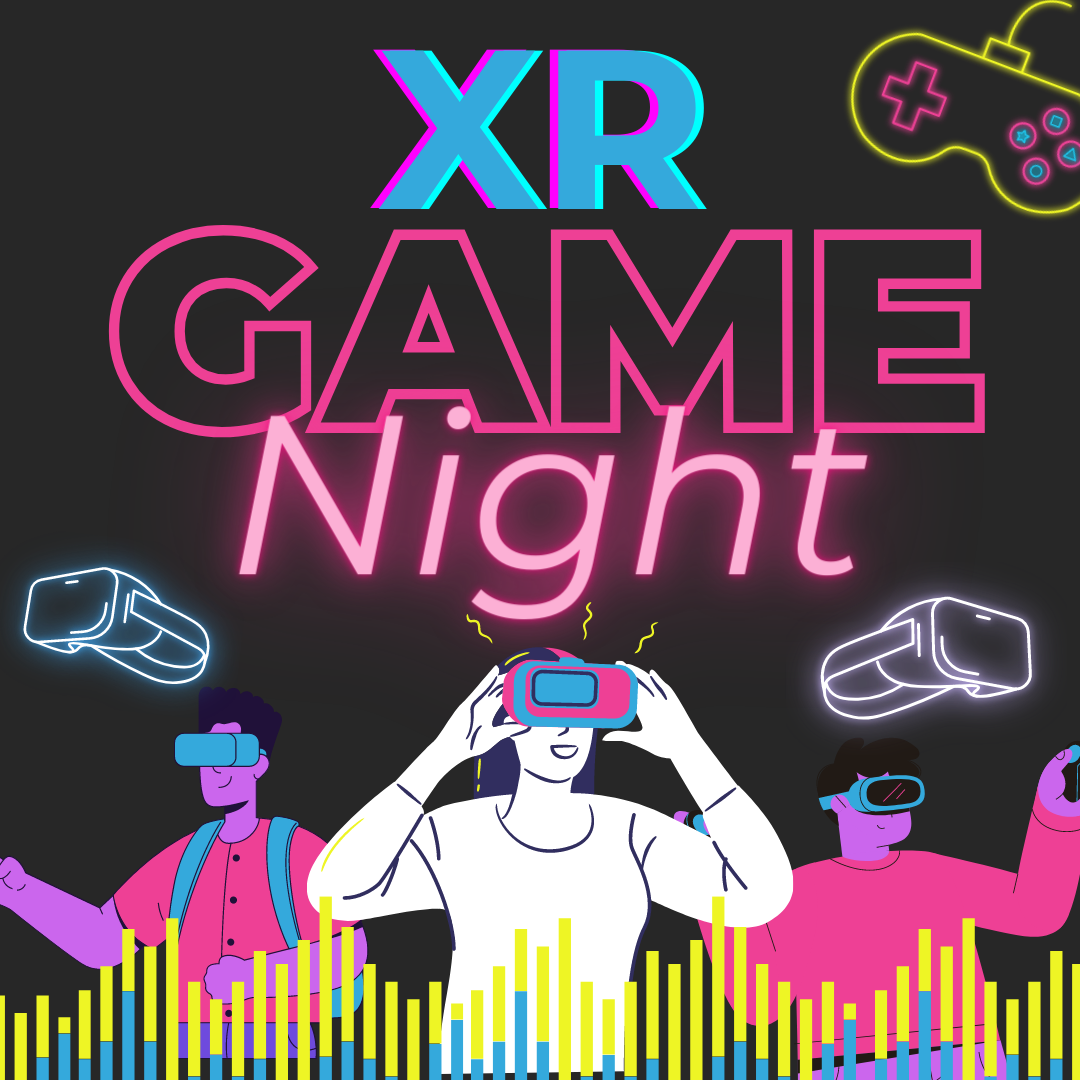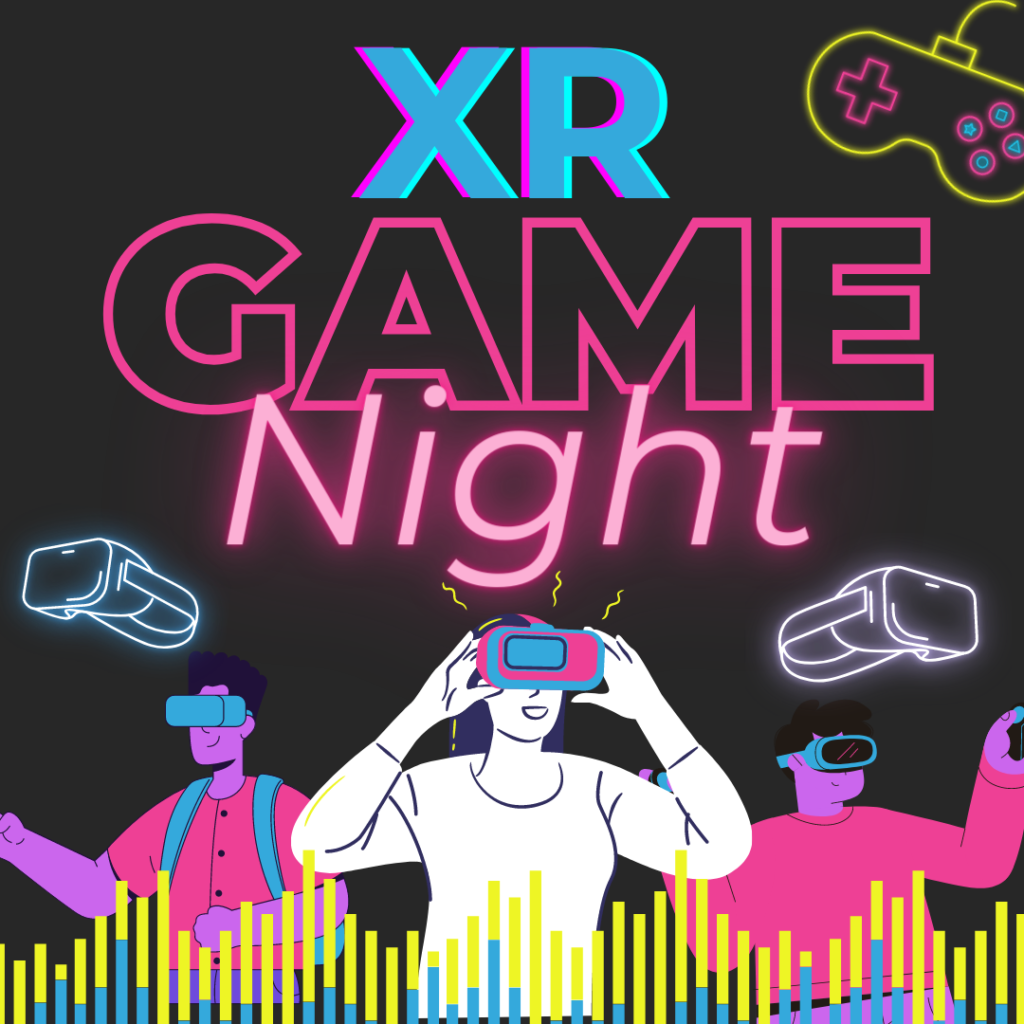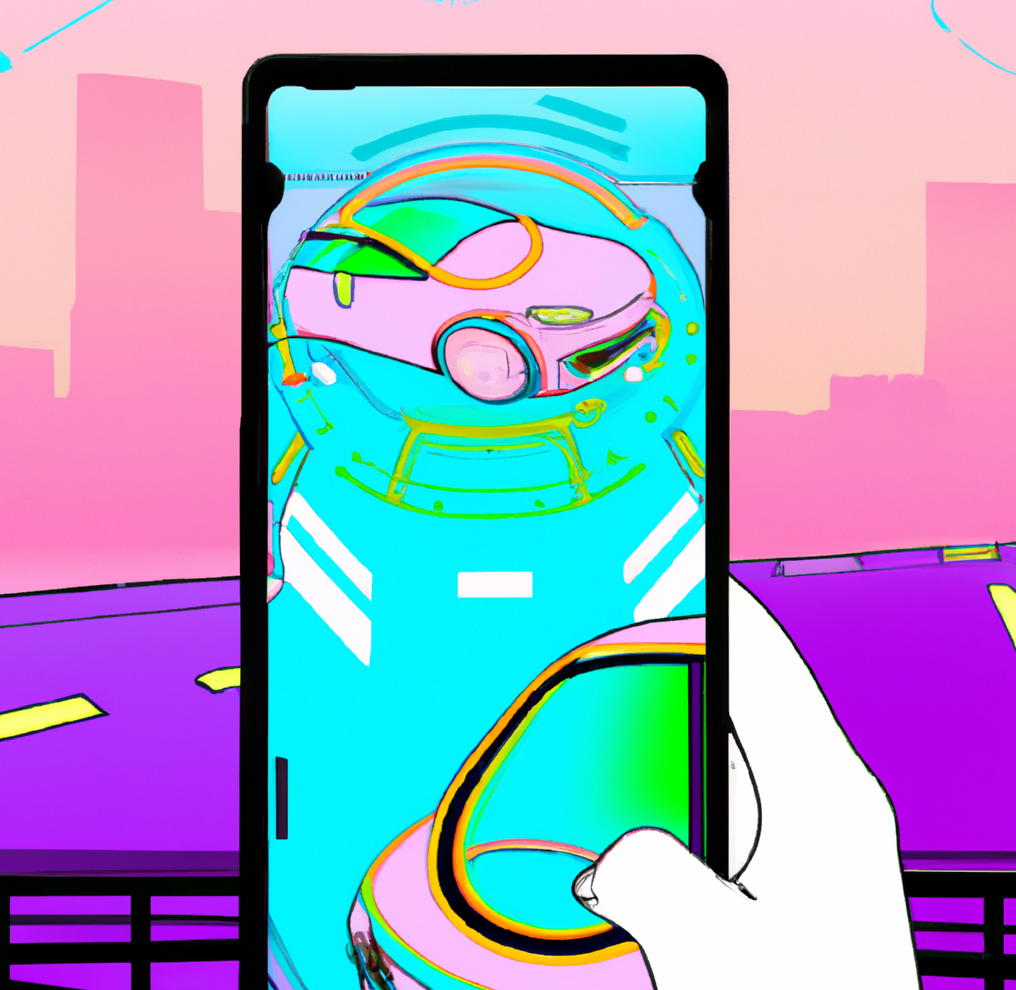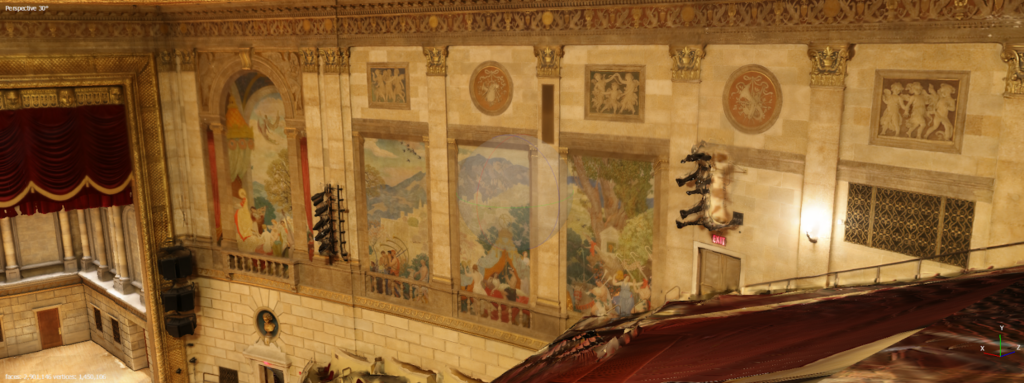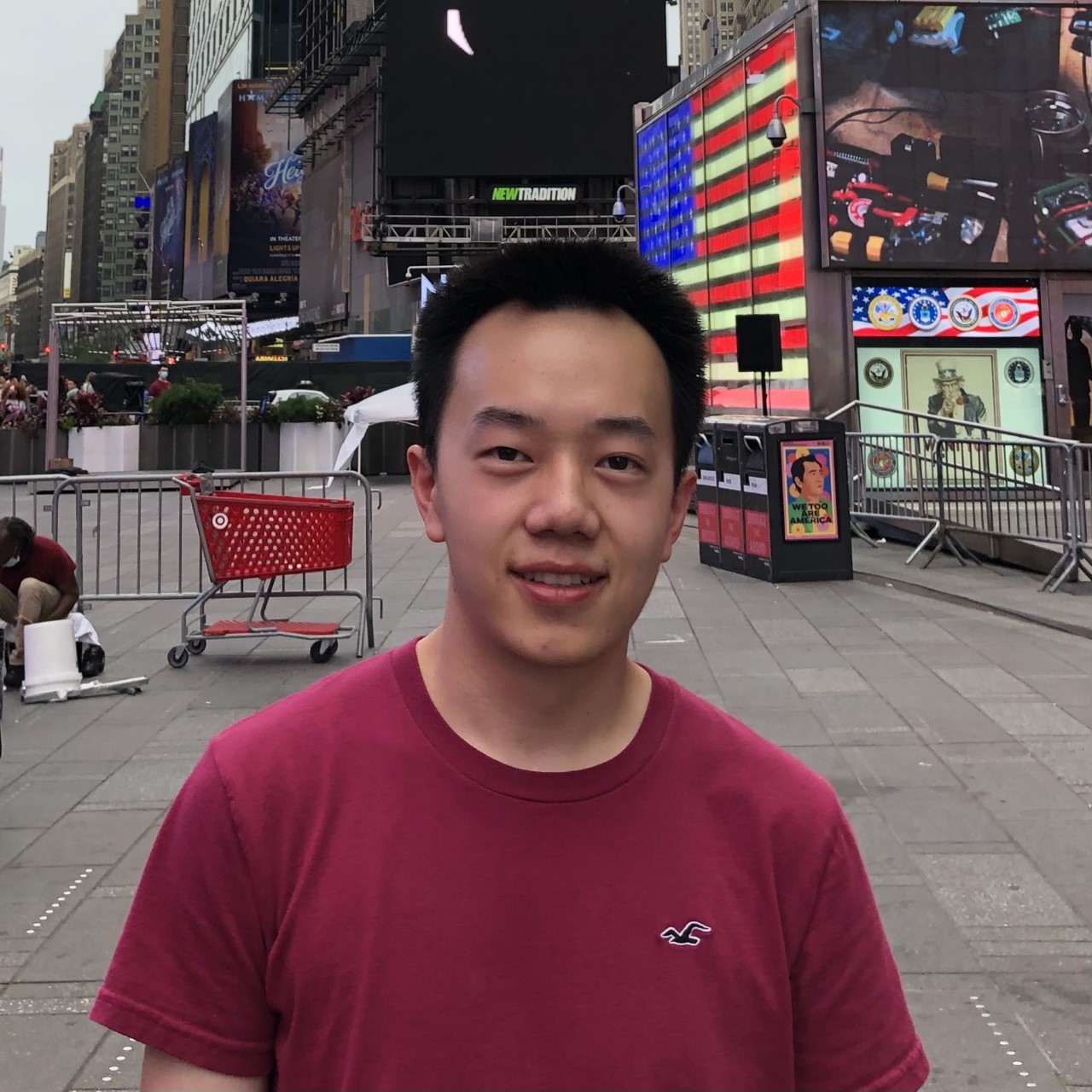Live Immersive VR Experiences
The Ferryman Collective is a passionate group of creative and technical professionals dedicated to bringing groundbreaking live, immersive narratives to life in virtual reality. Their company was born of the desire to explore what storytelling, interaction, immersion, and entertainment can be rather than what it has been, to define a new generation of media with live performance in XR. They are a new kind of virtual reality studio, paving the way forward in this brave new world. With a passionate team of multidisciplinary talents, Ferryman Collective aims to take you on unprecedented journeys into fantastic worlds and stories previously thought to be the stuff of dreams.
Where: Zoom
When: Monday, 2/20/23 from 10:25 to 11:40am EST
Register: bit.ly/VoicesXRFerryman
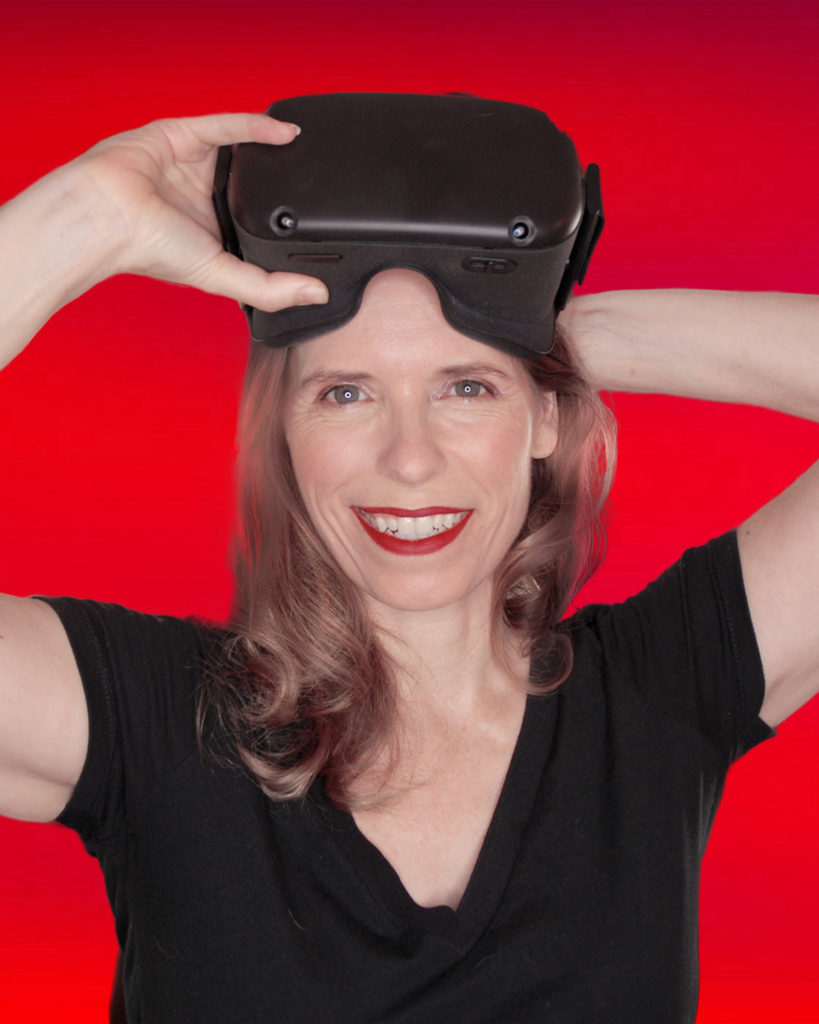
Deirdre V. Lyons is a Los Angeles producer and performer, with participation in over 75 film and theatrical productions throughout the west coast. Her production experience includes theater, film, webisodes and now virtual reality theater. Her VR experience started when she performed in two 180 films, The Willows and Freakin’ Weekend. She was a cast member of award-winning productions of The Under Presents and The Under Presents: Tempest from Los Angeles indie studio Tender Claws. She is a co-founder of Ferryman Collective, producing and performing in their first three productions. Gumball Dreams is their fourth production and her directorial debut. She is a sought-after speaker and an occasional lecturer at Chapman University.
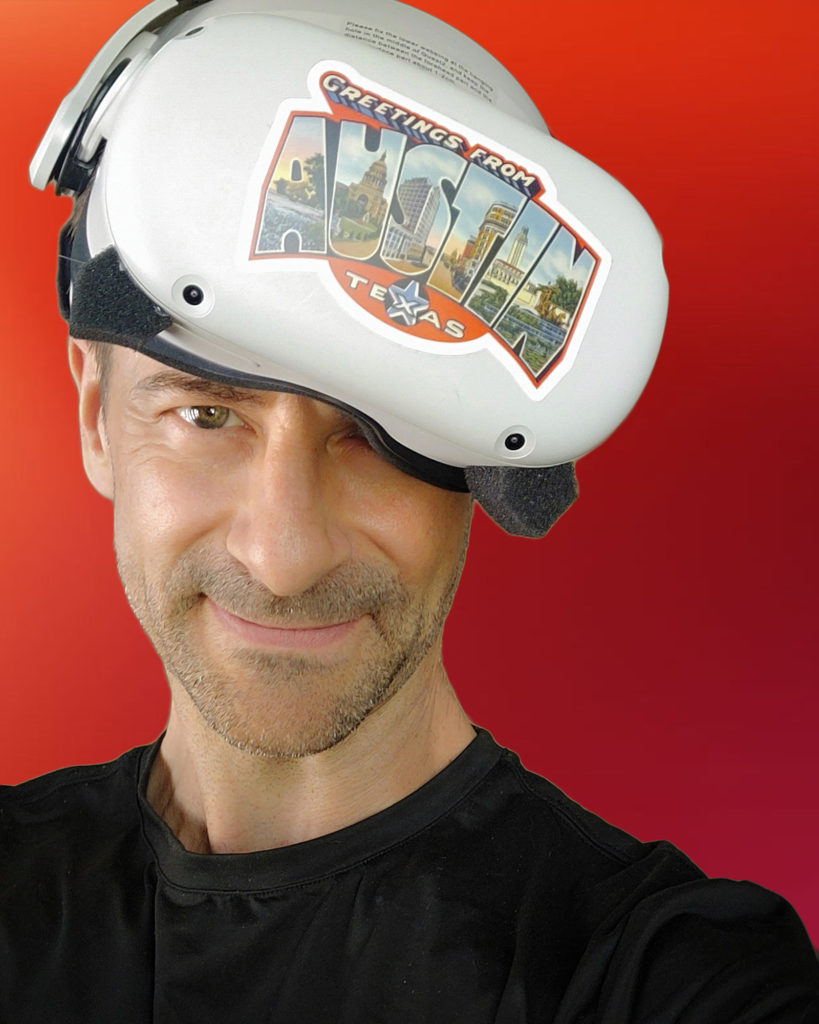
Stephen Butchko received his Bachelor of Arts degree in theatre from Western Washington University. After moving to Los Angeles, he began producing and performing in independent theatrical and motion picture productions with his wife Deirdre V. Lyons. As a founding member of Ferryman Collective, Stephen began producing and performing in Virtual Reality with PARA, Krampusnacht, The Severance Theory: Welcome to Respite and Ferryman’s current production Gumball Dreams.
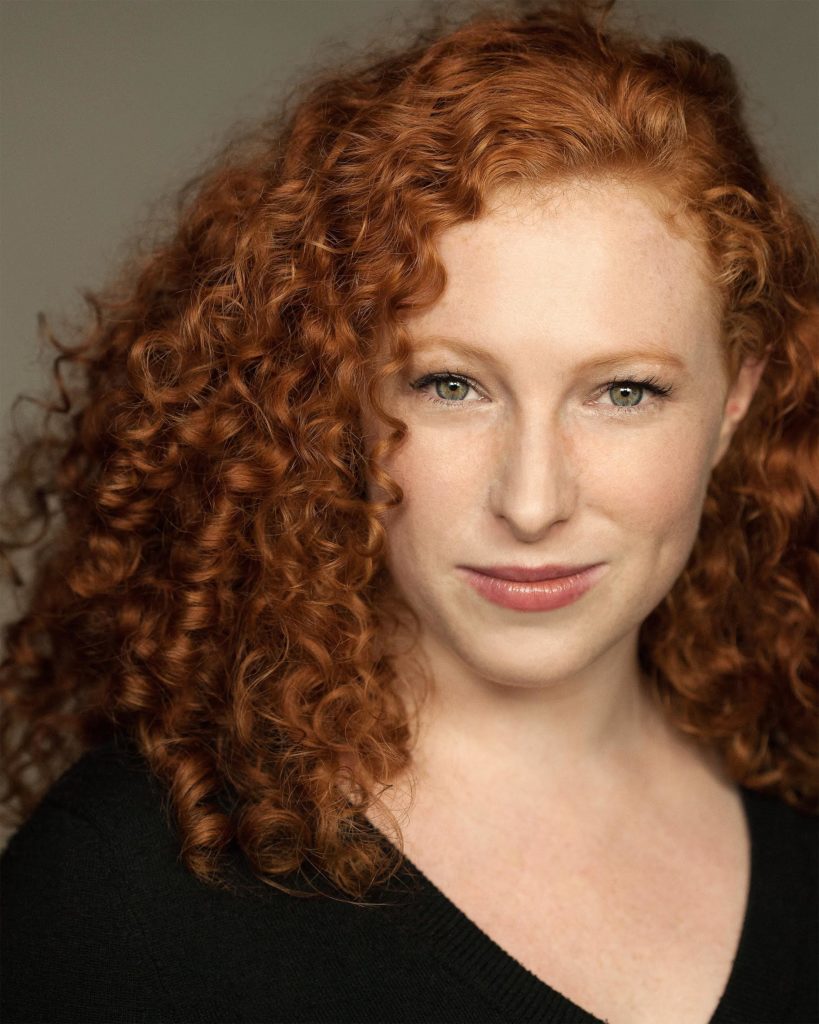
Whitton Frank is a voice, film, television and theater actor from Los Angeles. Recent VR work includes the award winning shows Severance Theory: Welcome to Respite and Gumball Dreams with Ferryman Collective as well as their debut show Para. She is a company member, producer and performer with Ferryman Collective. She was an immersive actor in the groundbreaking VR worlds of Tender Claws: The Under Presents and The Tempest. She is a graduate of Carnegie Mello University and London Academy of Music and Dramatic Art and is proud to have worked with many amazing theater companies in Los Angeles. In addition she is an audiobook narrator and can be found on Audible and other sites. In her copious free time she moonlights as a DJ specializing in vintage jazz, blues, and soul.
Recording
The Voices of XR speaker series is made possible by Kathy McMorran Murray and the National Science Foundation (NSF) Research Traineeship (NRT) program as part of the Interdisciplinary Graduate Training in the Science, Technology, and Applications of Augmented and Virtual Reality at the University of Rochester (#1922591).
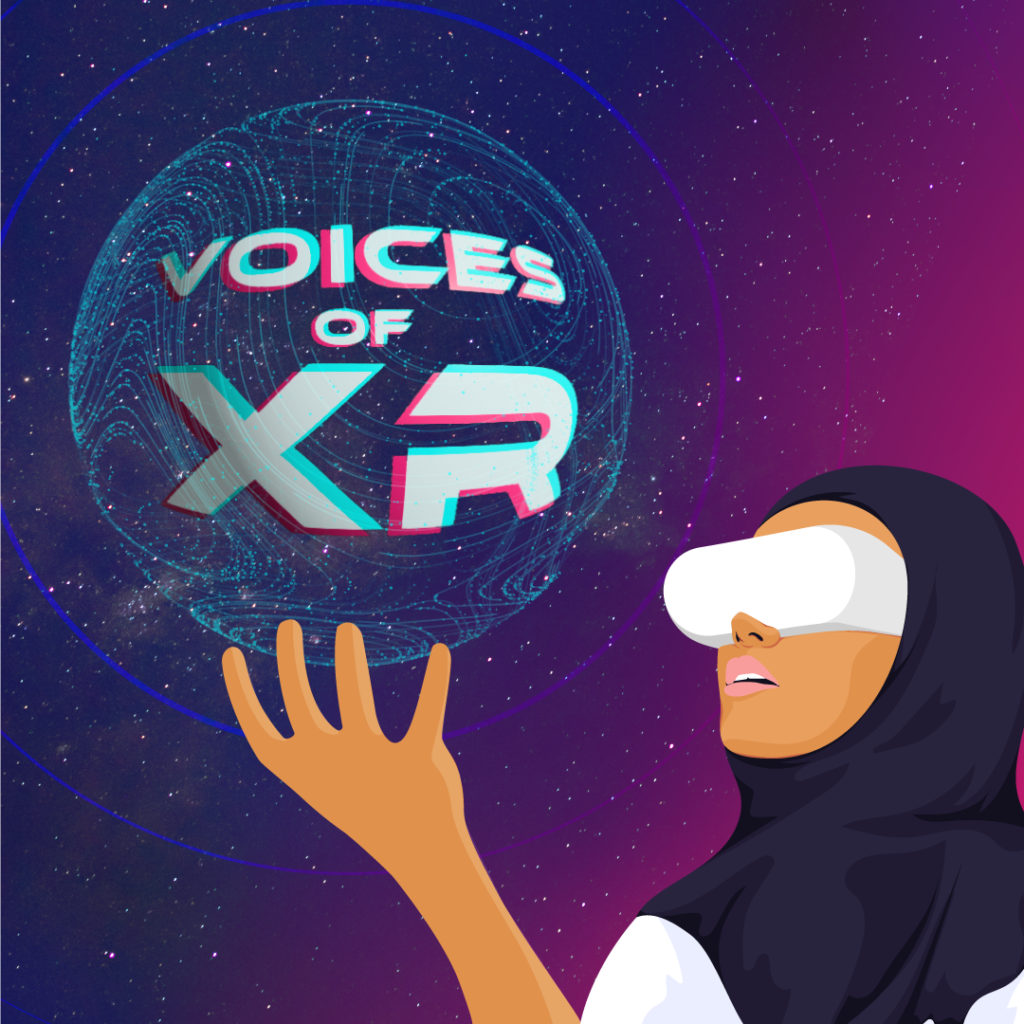
Voices of XR is a Studio X speaker series. Speakers are scholars, artists, and extended reality professionals who discuss their work with immersive technologies across disciplines and industries. All talks are free and open to the general public.

